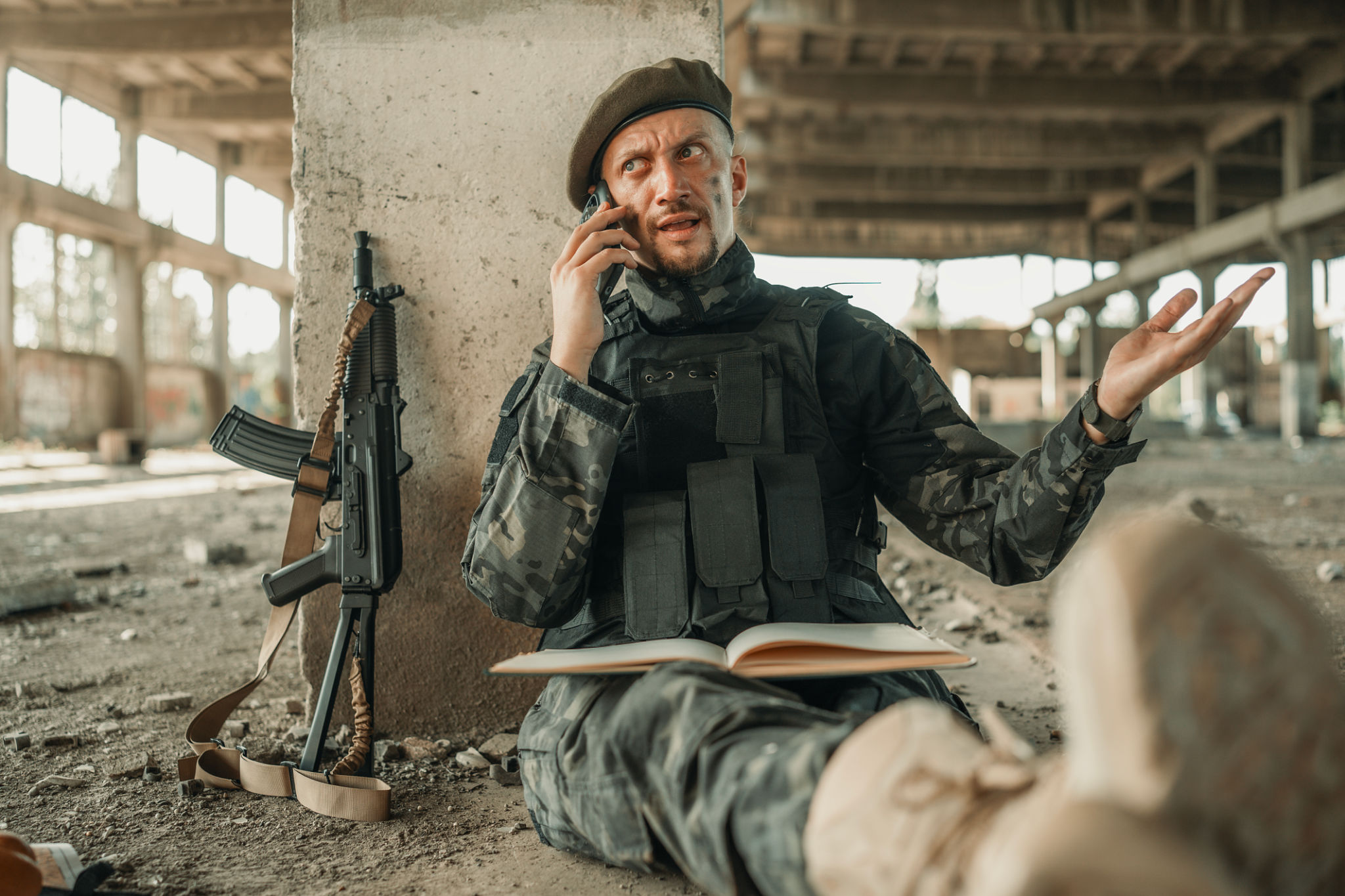The Power of Storytelling in 'Children of a Hope': Capturing War's Reality
The Art of Storytelling in Literature
Storytelling has always been a powerful tool, weaving narratives that transport readers into different worlds and experiences. In literature, storytelling is not just about entertainment; it serves as a mirror reflecting societal issues and human conditions. This is especially true in war literature, where the raw emotions and harsh realities of conflict are vividly brought to life.
One such compelling narrative is found in "Children of a Hope," a book that captures the grim realities of war through the eyes of its young protagonists. The power of storytelling in this book lies in its ability to bring readers face-to-face with the impact of war on innocent lives. It is not just a story; it is an experience that resonates deeply with its audience.

Bringing War’s Reality to Life
In "Children of a Hope," the author masterfully uses storytelling to depict the brutal truths of war. The narrative is infused with vivid imagery and poignant moments that reveal the despair and resilience of children caught in conflict. By focusing on the experiences of these young characters, the story provides a unique perspective on war’s devastating effects.
The author employs descriptive language and immersive settings to create a sense of immediacy, transporting readers directly into war zones. This approach not only enhances the emotional impact but also encourages empathy and understanding among readers who may be far removed from such experiences.
Emotional Resonance and Empathy
One of the most significant aspects of storytelling in "Children of a Hope" is its ability to evoke strong emotional responses. The characters’ struggles and triumphs are portrayed with such authenticity that readers can’t help but feel connected to their journeys. This emotional resonance is crucial in fostering empathy and awareness about the real-life implications of war.
Through their stories, the children in the book become more than just fictional characters; they represent countless real children affected by war worldwide. By engaging emotionally with these characters, readers are more likely to reflect on global issues and become advocates for change.

The Role of Imagery and Symbolism
Imagery and symbolism play vital roles in enhancing the narrative strength of "Children of a Hope." The author skillfully uses symbols to underscore themes of hope and resilience amidst despair. These literary devices add depth to the story, allowing readers to explore layers of meaning beyond the surface narrative.
For instance, recurring symbols like broken toys or abandoned landscapes serve as metaphors for lost innocence and shattered dreams, effectively conveying the long-lasting impacts of war on young minds. Such symbolism enriches the storytelling experience, making it more profound and impactful.
The Impact on Readers
The power of storytelling in "Children of a Hope" extends beyond its pages, influencing readers’ perceptions and actions. By presenting an unflinching look at war through relatable characters and compelling narratives, the book challenges readers to reconsider their views on conflict and humanity.
Ultimately, stories like "Children of a Hope" have the potential to inspire positive change by raising awareness and encouraging dialogue about critical global issues. Through storytelling, authors can spark movements, foster understanding, and drive social progress.

Conclusion
The art of storytelling is a transformative force in literature, offering new perspectives and insights into complex issues. In "Children of a Hope," storytelling captures the harsh realities of war while highlighting the resilience and hope that persist amidst adversity. Such narratives not only entertain but also educate and inspire, leaving a lasting impact on readers around the world.
As we continue to explore stories that challenge and enlighten us, we must recognize their power to shape our understanding and actions. Through storytelling, we can connect across cultures and experiences, fostering a more compassionate and informed global community.